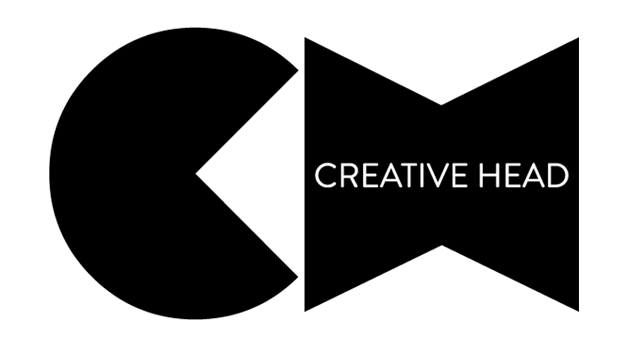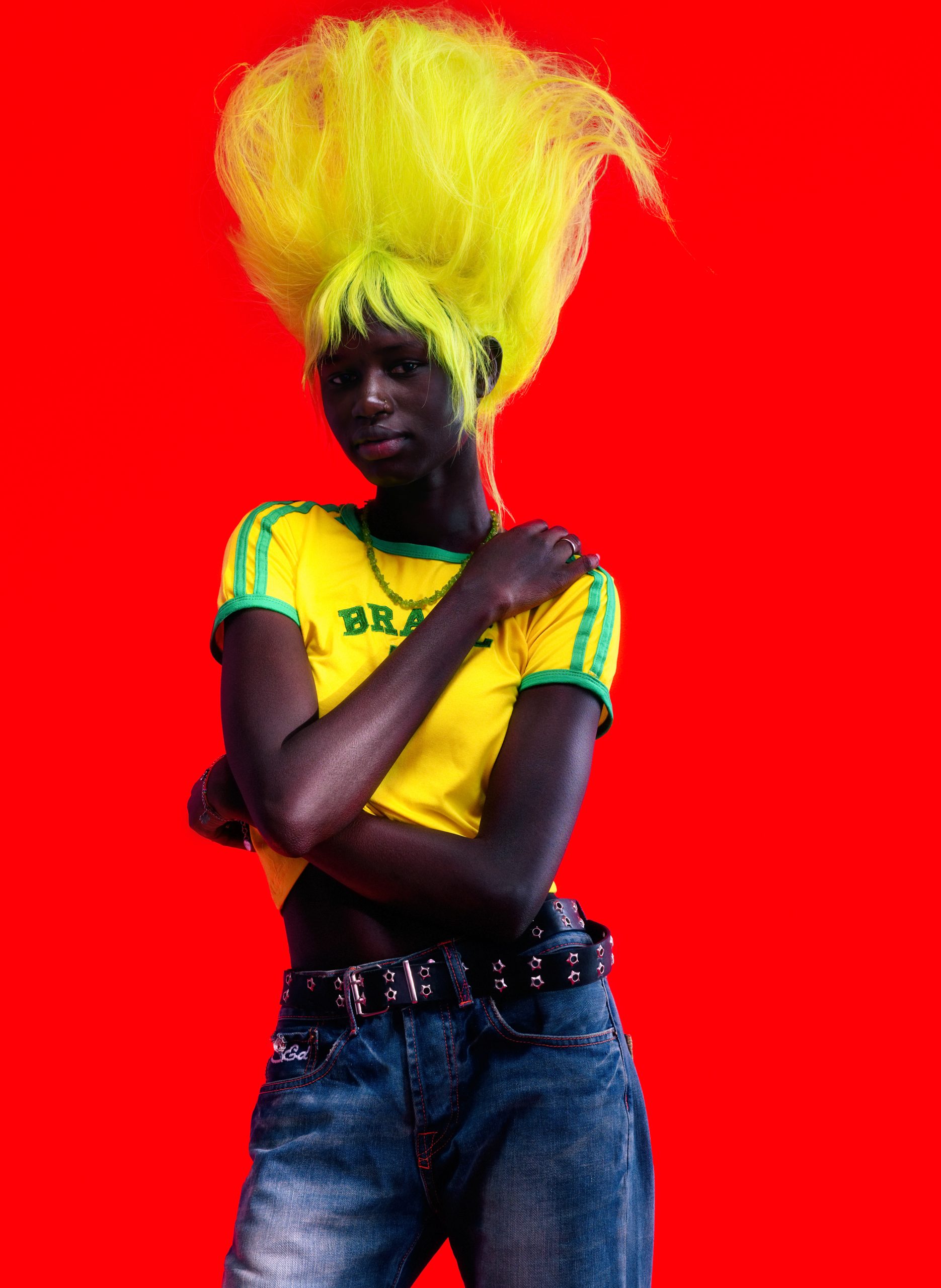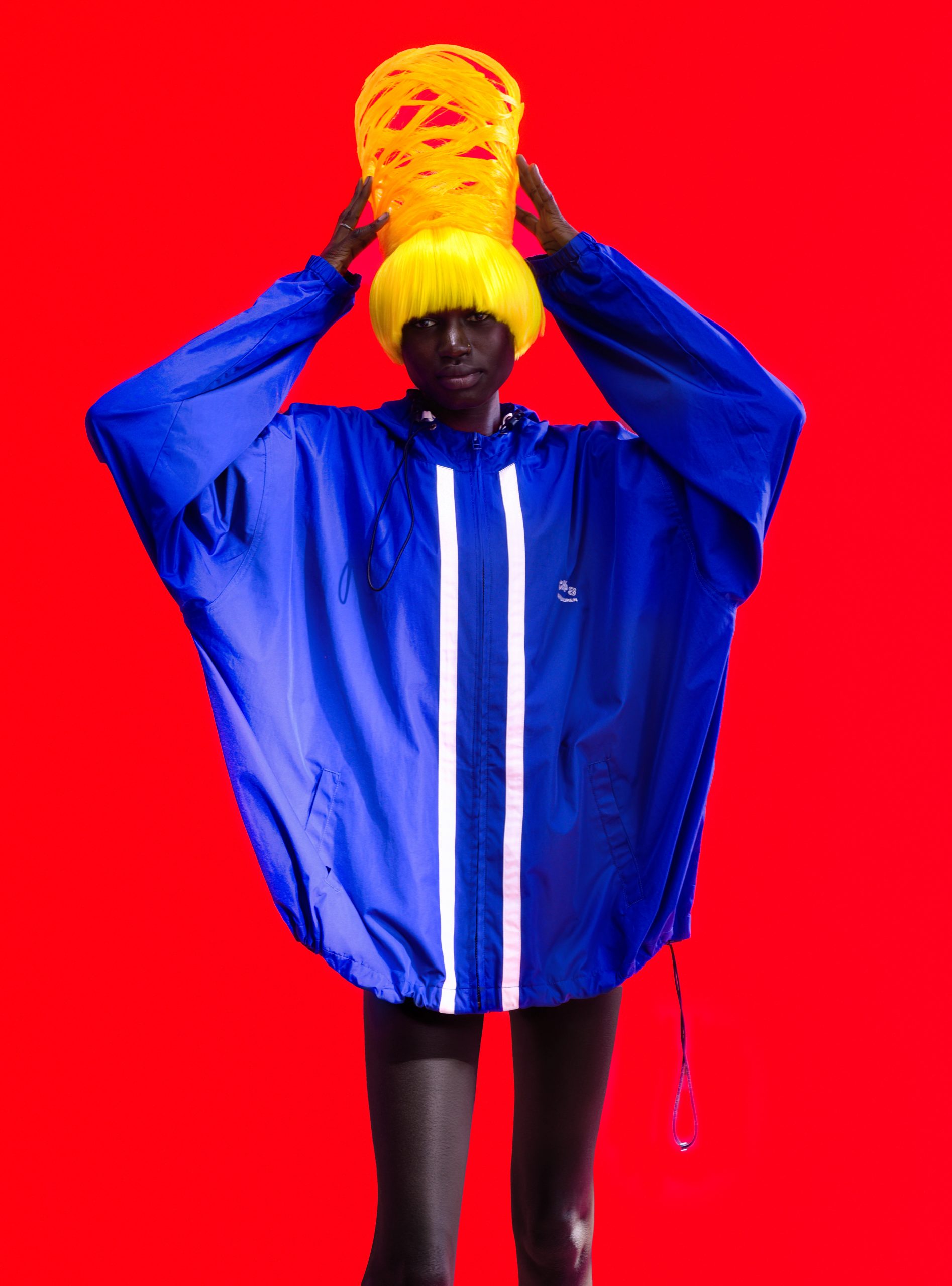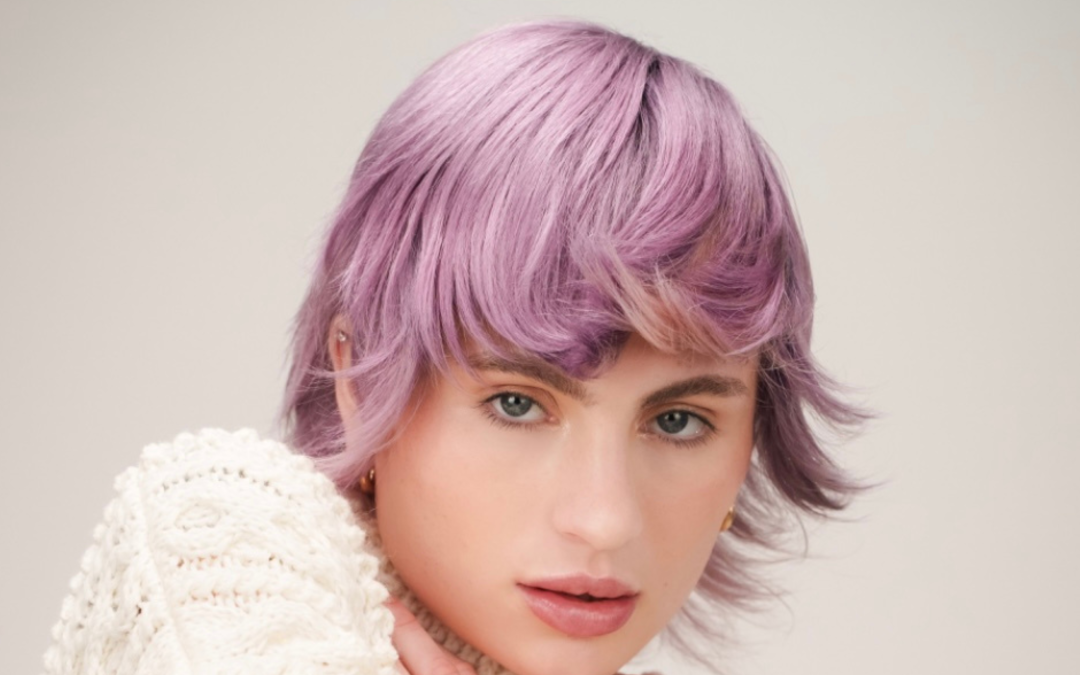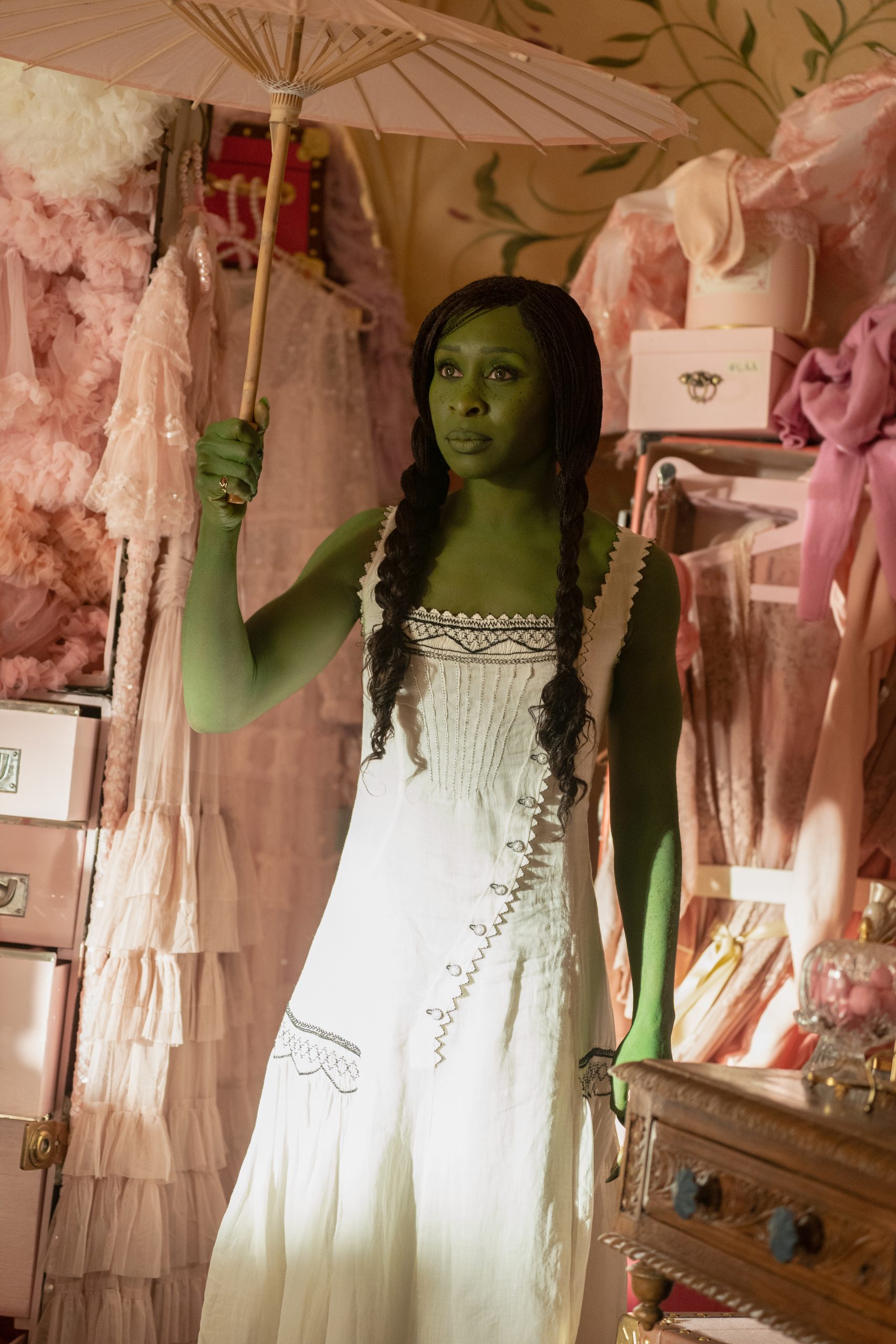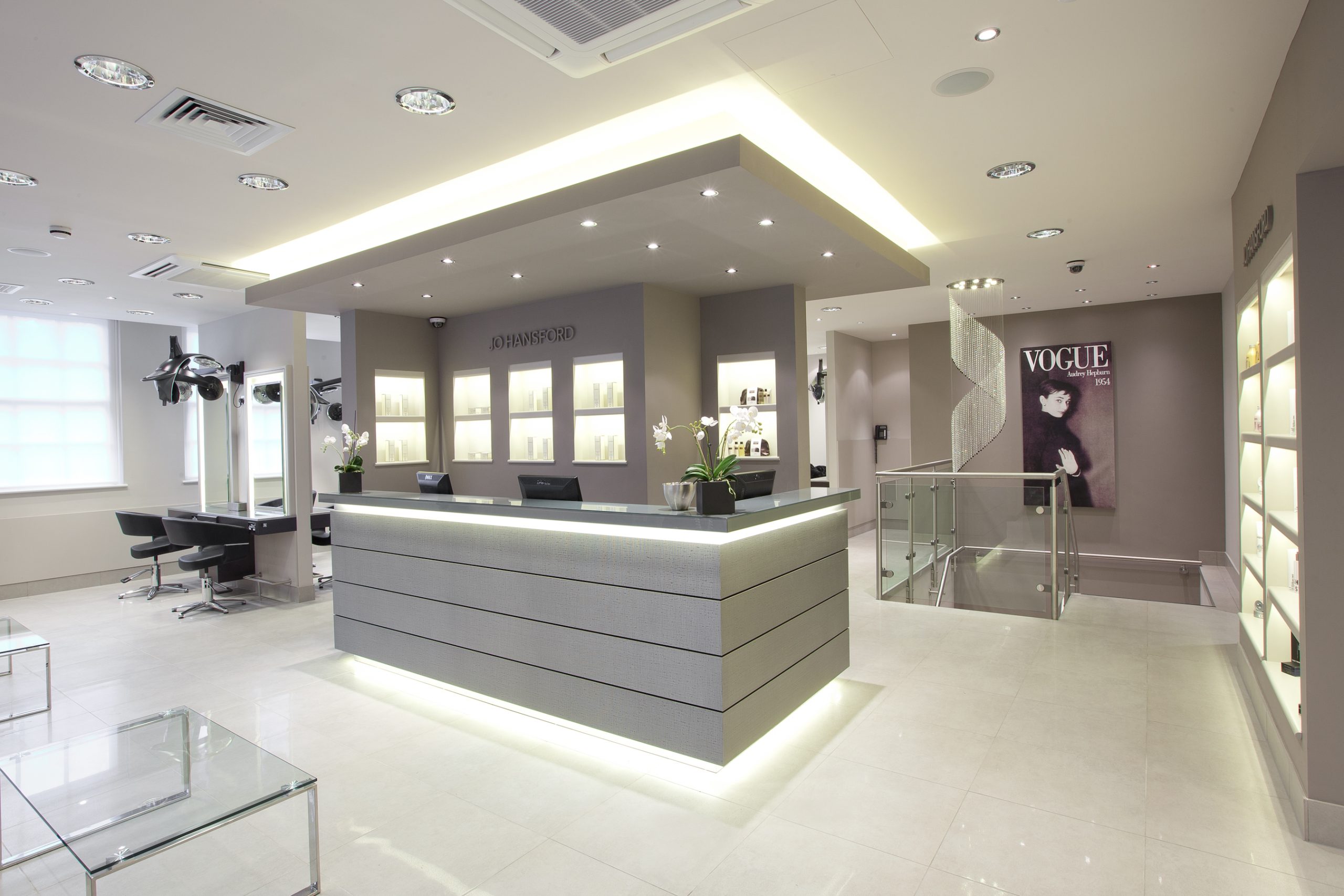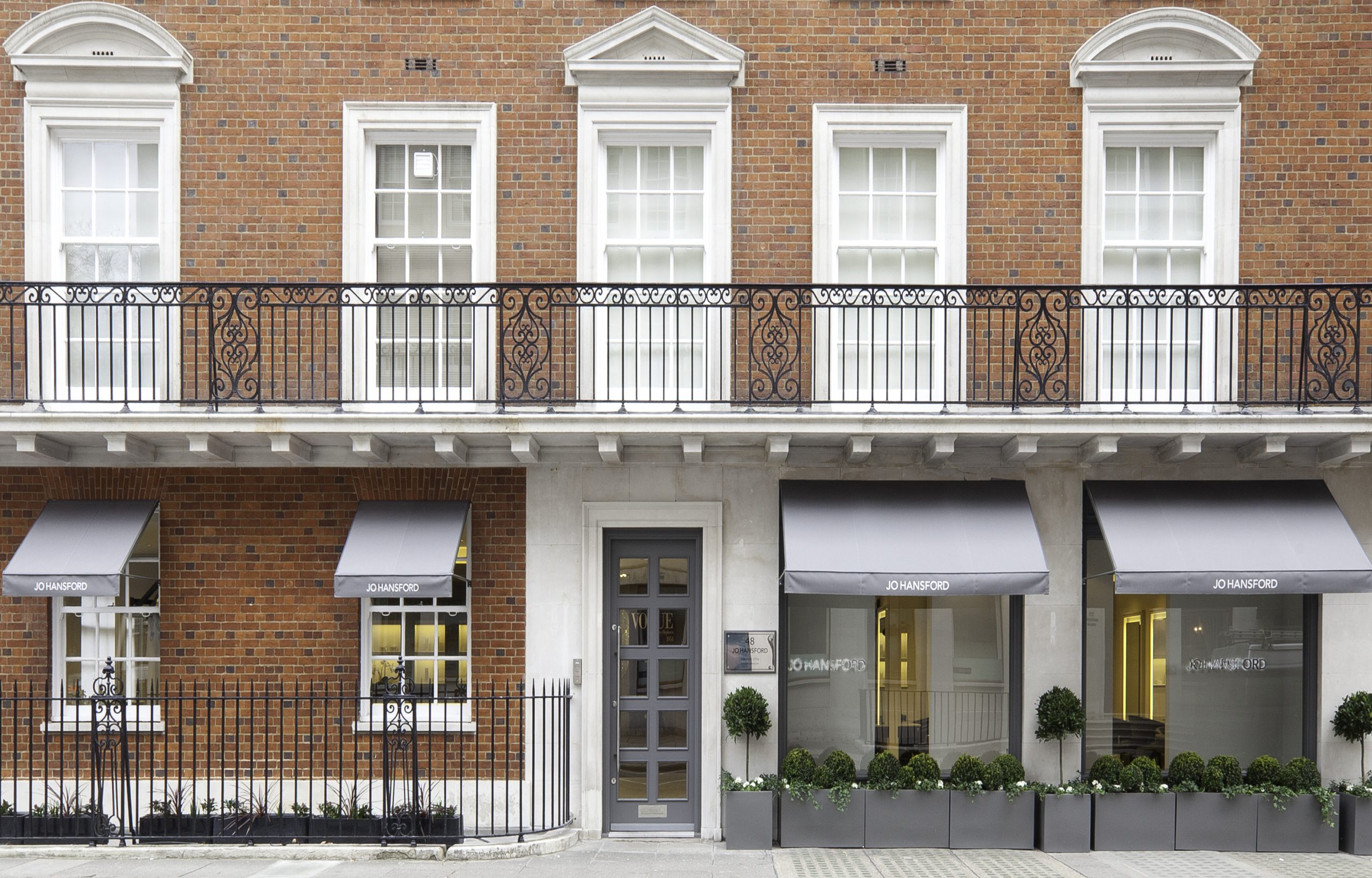Marking the new era of Sebastian Professional, Lithuania-based Bold Salon deliver a striking take on intricate yet precise styling with an eye on those details that matter.

‘WIGtorship’ from Darrel Starkey
'WIGtorship' from Darrel Starkey
A fusion of color, texture, and design, this collection elevates hair to new heights. Angular silhouettes, cascading waves, and intricate braids become the medium for bold, sculptural statements
SHOOT LEAD AND EDUCATOR: Darrel Starkey
PHOTOGRAPHY: Desmond Murray
STYLING:Lewis Cameron
HAIR IMAGE 1: Shannon Jones and Jade Mills
HAIR IMAGE 2: Emma Mulvihull and Desmond Murray
HAIR IMAGE 3: Carol Ritchie and Olivia Brady
HAIR IMAGE 4: Leanne Jones
HAIR IMAGE 5: Lexie Webster and Michelle Summer Davies
Related
ReShape by Bold Salon
Energy Flash by STIL
In this narrative from STIL, hair is an expression of the energy and freedom that the early ‘90s brought, drawing from the clubbing scene in New York and London. Think rave club scene merging with modern Scandi and Y2K fashion.
Unfinished Symphony by Harry Andreou
Keen to create a collection that celebrates imperfections, the hair within Harry Andreou’s story feels raw, messy, seen almost as if mid-transformation. It speaks to rough edges, ideas unresolved with each look rebelling against the need for everything to be polished for approval.
